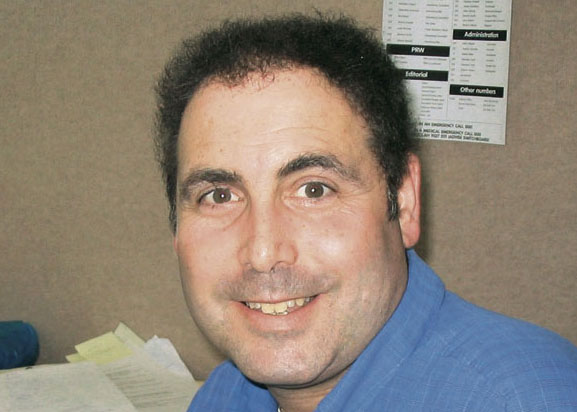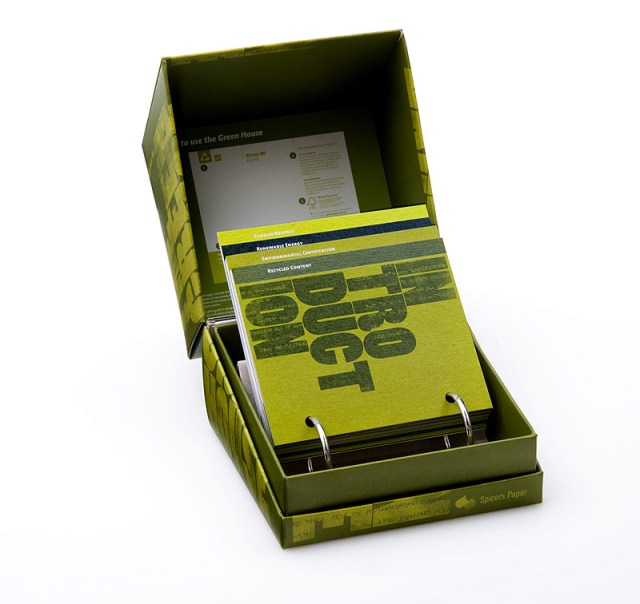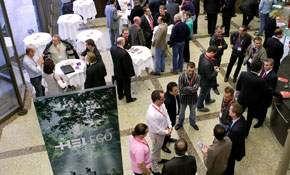
Printing in an environmentally friendly way has come a long trek in the past half decade. No longer a token of social conscience, building and maintaining a “green” workflow has gone mainstream.
Not only are there increasingly strict regulations about what is environmentally acceptable, but market forces are now attuning themselves, and printers who meet the requirements of agencies and their clients are finding that a “green” plate room, press room and bindery are more likely to win the contracts that matter.
Agencies are simply relaying to printers their clients’ policies to prefer “green” manufactured print; policies shaped by comprehensive customer surveys, such as a US report by Edleman Consumer Study (detailed in ProPrint’s July issue) which indicates that 85 per cent of worldwide consumers would be willing to switch brands to protect the planet.
The paper trail
This “chain-of-custody” thinking is perhaps most evident in paper supplies. Agencies representing most corporates are demanding environmental accreditation of paper stocks. Certification of managed forests and the products they yield is a growing trend and several standards are now operating.
The Programme for the Endorsement of Forestry Certification (PEFC) is a global umbrella organisation. The Forest Stewardship Council (FSC) accredits independent certification organisations to carry out assessments of forest management to determine if standards have been met.
Of course, the FSC is not without its critics. In an address to a recent paper industry forum in Melbourne, respected consultant Alan Oxley took the FSC to task, slamming it for “trying to be both an environmental advocate as well as being a provider of business and commercial services”.
Oxley charged that the FSC and PEFC are torn between pressure exerted by Environmental Non-Governmental Organisations (ENGOs) such as Greenpeace, the World Wildlife Fund and Friends of the Earth, and by commercial considerations.
Bernard Cassell, CPI Group CEO and National Paper Council president, wants a standardisation of certification, “so that we can move ahead confidently with our customers and their clients. At the moment, the standards are still developing and there are new goalposts all the time”.
Thinking “green” at Finsbury
But the move to print “green” is on in earnest, and some early pioneers in Australia have taken up the cudgels. Finsbury Green in Melbourne has been at the forefront of printing in an ecologically responsible way for some years now.
In an Australian printing first, it won parallel accreditation of ISO14001 (Environmental Management Systems) and ISO9001:2000 (Quality Management Systems), and was the first commercial printer in Australia to volunteer for the Federal Government’s Greenhouse Challenge to reduce greenhouse gas emissions, and the first to release an audited environmental report.
Finsbury is following US trends which see printers ditching alcohol, recycling chemistries, preferencing vegetable-based inks and tightening up waste disposal.
Comment below to have your say on this story.
If you have a news story or tip-off, get in touch at editorial@sprinter.com.au.
Sign up to the Sprinter newsletter


